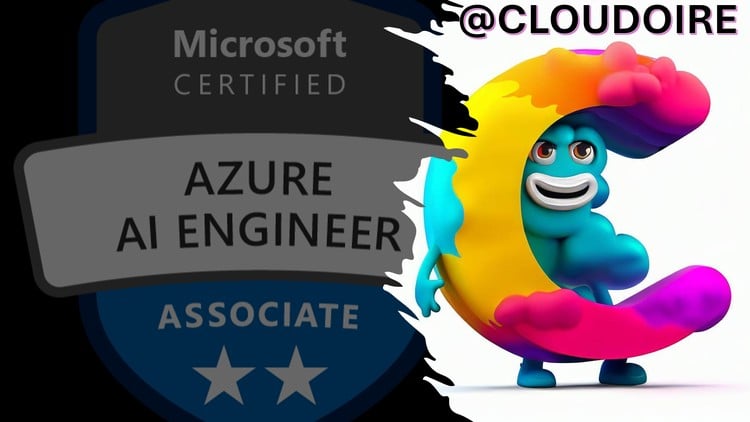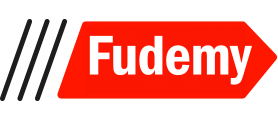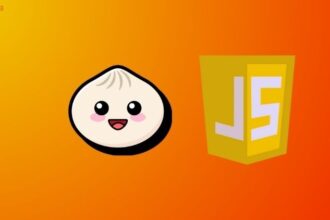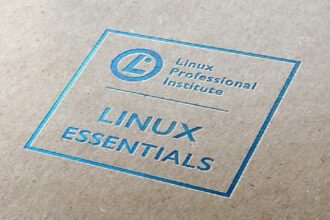What
You’ll Learn
You’ll Learn
- Plan and manage an Azure AI solution
- Implement generative AI solutions
- Implement natural language processing solutions
- Implement knowledge mining and information extraction solutions
Requirements
- As an Azure AI engineer
- you have experience developing solutions that use languages
Description
Skills at a glance
-
Plan and manage an Azure AI solution (20–25%)
-
Implement generative AI solutions (15–20%)
-
Implement an agentic solution (5–10%)
-
Implement computer vision solutions (10–15%)
-
Implement natural language processing solutions (15–20%)
-
Implement knowledge mining and information extraction solutions (15–20%)
Plan and manage an Azure AI solution (20–25%)
Select the appropriate Azure AI services
-
Select the appropriate service for a generative AI solution
-
Select the appropriate service for a computer vision solution
-
Select the appropriate service for a natural language processing solution
-
Select the appropriate service for a speech solution
-
Select the appropriate service for an information extraction solution
-
Select the appropriate service for a knowledge mining solution
Plan, create and deploy an Azure AI service
-
Plan for a solution that meets Responsible AI principles
-
Create an Azure AI resource
-
Choose the appropriate AI models for your solution
-
Deploy AI models using the appropriate deployment options
-
Install and utilize the appropriate SDKs and APIs
-
Determine a default endpoint for a service
-
Integrate Azure AI services into a continuous integration and continuous delivery (CI/CD) pipeline
-
Plan and implement a container deployment
Manage, monitor, and secure an Azure AI service
-
Monitor an Azure AI resource
-
Manage costs for Azure AI services
-
Manage and protect account keys
-
Manage authentication for an Azure AI Service resource
Implement AI solutions responsibly
-
Implement content moderation solutions
-
Configure responsible AI insights, including content safety
-
Implement responsible AI, including content filters and blocklists
-
Prevent harmful behavior, including prompt shields and harm detection
-
Design a responsible AI governance framework
Implement generative AI solutions (15–20%)
Build generative AI solutions with Azure AI Foundry
-
Plan and prepare for a generative AI solution
-
Deploy a hub, project, and necessary resources with Azure AI Foundry
-
Deploy the appropriate generative AI model for your use case
-
Implement a prompt flow solution
-
Implement a RAG pattern by grounding a model in your data
-
Evaluate models and flows
-
Integrate your project into an application with Azure AI Foundry SDK
-
Utilize prompt templates in your generative AI solution
Use Azure OpenAI Service to generate content
-
Provision an Azure OpenAI Service resource
-
Select and deploy an Azure OpenAI model
-
Submit prompts to generate code and natural language responses
-
Use the DALL-E model to generate images
-
Integrate Azure OpenAI into your own application
-
Use large multimodal models in Azure OpenAI
-
Implement an Azure OpenAI Assistant
Optimize and operationalize a generative AI solution
-
Configure parameters to control generative behavior
-
Configure model monitoring and diagnostic settings, including performance and resource consumption
-
Optimize and manage resources for deployment, including scalability and foundational model updates
-
Enable tracing and collect feedback
-
Implement model reflection
-
Deploy containers for use on local and edge devices
-
Implement orchestration of multiple generative AI models
-
Apply prompt engineering techniques to improve responses
-
Fine-tune an generative model
Implement an agentic solution (5–10%)
Create custom agents
-
Understand the role and use cases of an agent
-
Configure the necessary resources to build an agent
-
Create an agent with the Azure AI Agent Service
-
Implement complex agents with Semantic Kernel and Autogen
-
Implement complex workflows including orchestration for a multi-agent solution, multiple users, and autonomous capabilities
-
Test, optimize and deploy an agent
Implement computer vision solutions (10–15%)
Analyze images
-
Select visual features to meet image processing requirements
-
Detect objects in images and generate image tags
-
Include image analysis features in an image processing request
-
Interpret image processing responses
-
Extract text from images using Azure AI Vision
-
Convert handwritten text using Azure AI Vision
Implement custom vision models
-
Choose between image classification and object detection models
-
Label images
-
Train a custom image model, including image classification and object detection
-
Evaluate custom vision model metrics
-
Publish a custom vision model
-
Consume a custom vision model
-
Build a custom vision model code first
Analyze videos
-
Use Azure AI Video Indexer to extract insights from a video or live stream
-
Use Azure AI Vision Spatial Analysis to detect presence and movement of people in video
Implement natural language processing solutions (15–20%)
Analyze and translate text
-
Extract key phrases and entities
-
Determine sentiment of text
-
Detect the language used in text
-
Detect personally identifiable information (PII) in text
-
Translate text and documents by using the Azure AI Translator service
Process and translate speech
-
Integrate generative AI speaking capabilities in an application
-
Implement text-to-speech and speech-to-text using Azure AI Speech
-
Improve text-to-speech by using Speech Synthesis Markup Language (SSML)
-
Implement custom speech solutions with Azure AI Speech
-
Implement intent and keyword recognition with Azure AI Speech
-
Translate speech-to-speech and speech-to-text by using the Azure AI Speech service
Implement custom language models
-
Create intents, entities, and add utterances
-
Train, evaluate, deploy, and test a language understanding model
-
Optimize, backup, and recover language understanding model
-
Consume a language model from a client application
-
Create a custom question answering project
-
Add question-and-answer pairs and import sources for question answering
-
Train, test, and publish a knowledge base
-
Create a multi-turn conversation
-
Add alternate phrasing and chit-chat to a knowledge base
-
Export a knowledge base
-
Create a multi-language question answering solution
-
Implement custom translation, including training, improving, and publishing a custom model
Implement knowledge mining and information extraction solutions (15–20%)
Implement an Azure AI Search solution
-
Provision an Azure AI Search resource, create an index, and define a skillset
-
Create data sources and indexers
-
Implement custom skills and include them in a skillset
-
Create and run an indexer
-
Query an index, including syntax, sorting, filtering, and wildcards
-
Manage Knowledge Store projections, including file, object, and table projections
-
Implement semantic and vector store solutions
Implement an Azure AI Document Intelligence solution
-
Provision a Document Intelligence resource
-
Use prebuilt models to extract data from documents
-
Implement a custom document intelligence model
-
Train, test, and publish a custom document intelligence model
-
Create a composed document intelligence model
Extract information with Azure AI Content Understanding
-
Create an OCR pipeline to extract text from images and documents
-
Summarize, classify, and detect attributes of documents
-
Extract entities, tables, and images from documents
-
Process and ingest documents, images, videos, and audio with Azure AI Content Understanding
Who this course is for:
- As a Microsoft Azure AI engineer
- you build
- manage
- and deploy AI solutions that leverage Azure AI.







